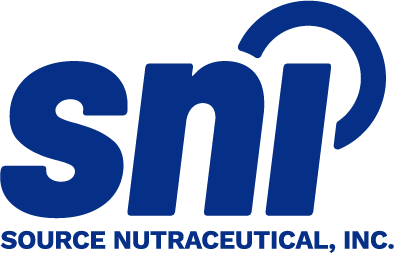On December 19, 2024 , the U.S. Food and Drug Administration (FDA) unveiled an update to its Final Ruling on the use of the “healthy” label for food products—a refreshed tool that helps consumers identify health foods that reflect current nutrition science and Federal dietary guidance. This update is part of the FDA’s continued effort to promote healthier eating habits and address the growing impact of diet-related chronic diseases in the U.S.
These updates mark an important step in ensuring food labeling reflects modern nutrition science, making it easier for consumers to make healthier choices.
What’s New in the 2024 FDA “Healthy” Label Rules?
The FDA’s updated guidelines clarify and redefine which foods qualify for the “healthy” claim, ensuring the criteria better align with current nutrition science, replacing the criteria previously established in 1994. According to this update, a food to qualify for the “healthy” claim, it must meet the following criteria:
- Food Group Content: The food product must include a certain amount of food from at least one of the recommended food groups or subgroups—this includes fruits, vegetables, whole grains, low-fat dairy, or protein sources like eggs, beans, and seafood; and
- Nutrient Limits: The food product must stay within specific limits for added sugars, saturated fat, and sodium. These limits will vary depending on whether the product is a single item, part of a mixed food, or a full meal. The added sugar, sodium, and saturated fat limits, reflecting the % Daily Value (DV), vary between food groups and correspond to the Food Group Equivalent amount. Learn more about the different food groups and the corresponding % DV limits.
This update replaces the previous criteria, which primarily focused on individual nutrient levels rather than the overall composition of a food and its food group classification. Under the earlier requirements, a product had to provide at least 10% DV for key nutrients, such as vitamin A, vitamin C, calcium, iron, protein, or fiber, while also meeting limits for total fat, saturated fat, cholesterol, and sodium to qualify for the “healthy” claim. However, these guidelines did not consider the overall nutritional quality of the food and notably omitted added sugars as a factor.
What Foods Can Now Claim “Healthy”?
As a result of the updated guidelines, more nutrient-dense foods are eligible to carry the “healthy” claim, including the following foods:
Fruits, vegetables, and whole grains—packed with fiber and essential nutrients.
Certain dairy (fat-free and low-fat dairy) and protein-rich foods, like eggs, beans, and seafood.
Nut and seed products that meet the new nutrient requirements.
Plain water— water automatically qualifies as “healthy” due to its integral role in a healthy diet.

Certain foods that previously qualified for the “healthy” claim may no longer meet the updated criteria, particularly those containing high levels of added sugars, saturated fat, or sodium. This includes fortified white bread, many cereals, and most yogurts.
Next Steps for Industry and Manufacturers
The revised criteria could have significant implications for manufacturers that previously qualified for the “healthy” claim. For some, this update is a positive change, as it now includes products already recognized in the Dietary Guidelines but previously ineligible for the claim. However, other manufacturers may need to reformulate their products or make necessary adjustments to ensure they meet the new standards and remain compliant with FDA regulations.
To comply with the update for the “healthy” claim, food manufacturers should take a comprehensive approach to reviewing their products. The first step is to conduct a thorough ingredient review, ensuring that each product contains qualifying ingredients from the recommended food groups, such as vegetables, fruits, whole grains, dairy, and proteins, while also meeting the revised nutrient requirements.

Next, manufactures should review the nutrient profiles of their foods to ensure they align wit the newly established % DV threshold. This involves assessing key nutritional factors, particularly added sugars, saturated fat, and sodium, to confirm they fall within the new FDA thresholds for the specific food category and Food Group Equivalent Minimum. Since these limits vary based on the type of food, manufacturers must carefully evaluate each product to determine whether reformulation is necessary.
Lastly, label revisions are a crucial part of the process. Packaging must be reviewed and revised to ensure that all claims align with the new criteria, preventing any mislabeling that could lead to regulatory issues. Brands should also consider updating marketing materials and consumer education efforts to communicate these changes effectively.
Learn more about Food Regulations in Health Canada and the U.S. in our blog post: Daunting–or Haunting–Food Regulations
Our team is here to assist!
Navigating the new FDA guidelines may be complex, but you do not have to manage the process alone. At SNI, our team of regulatory experts is ready to assist you in evaluating your products, determining their eligibility for the updated “healthy” claim, and guiding you through the compliance process.
Our team provides comprehensive services, including expert assistance with graphical label updates! For further details, you can review the full FDA Final Ruling here.
Need regulatory support? Reach out to our team to learn more.




